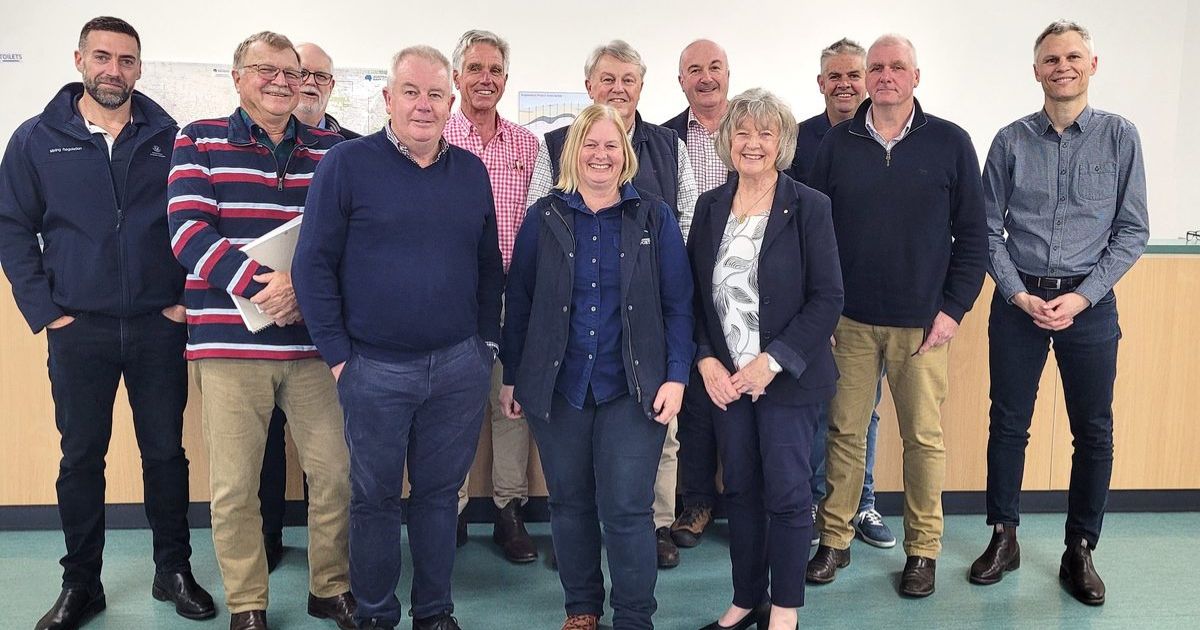Celebrating 10 years of service
Locally based independent private practice specialising in audiological care
Limestone Coast Audiology & Tinnitus Clinic is your locally based qualified hearing practitioner & tinnitus specialist.
The fully independent private practice, delivering the highest level of audiological care is celebrating 10 years of serving the Limestone Coast.
A comprehensive hearing assessment is a test that evaluates your hearing ability and identifies any possible hearing loss or impairment. It is performed by a qualified hearing professional who will use various tools and methods to measure your hearing sensitivity, speech understanding, middle ear function, and inner ear health. A comprehensive hearing assessment can help you determine the cause and degree of your hearing problem and the best treatment options.
A comprehensive hearing assessment usually takes about an hour and consists of several steps. First, the clinician will ask about your medical history, hearing concerns, and lifestyle and communication needs. Then, they will examine your ears with an otoscope to check for any visible abnormalities or blockages. Next, they will conduct a series of tests to evaluate different aspects of your hearing, such as:
– Pure-tone audiometry: This test measures your hearing threshold for different frequencies or pitches of sound. You will wear headphones, listen to a series of beeps at various volumes, and indicate when you hear them.
– Speech audiometry: This test measures your ability to understand speech in quiet and noisy environments.
– Tympanometry: This test measures how well your middle ear works. It involves placing a small probe in your ear canal that changes the air pressure and produces a lowpitched tone. The test records how your eardrum responds to these changes.
– Acoustic reflex testing measures how your middle ear muscles react to loud sounds. It also involves placing a probe in your ear canal that delivers brief sounds at high volumes. The test records how much your eardrum moves in response to these sounds.
– Otoacoustic emissions (OAEs): This test measures the activity of your inner ear hair cells responsible for converting sound into nerve impulses. It also involves placing a probe in your ear canal that emits soft clicks or tones. The test records the faint sounds your inner ear produces in response to these stimuli.
After completing the tests, we will explain the results and discuss the implications for your hearing health. They will also recommend the best action for improving your hearing, such as using hearing aids, cochlear implants, assistive listening devices, medical treatment, or other therapies. A comprehensive hearing assessment is valuable for diagnosing and treating hearing loss and enhancing your quality of life.
Tinnitus & Hyperacusis Management
Tinnitus is the perception of sound in the absence of an external source. Hyperacusis is a reduced tolerance to normal environmental sounds. Both conditions can affect the quality of life of the sufferers and cause distress, anxiety, and depression.
There are different types of tinnitus and hyperacusis and various causes and mechanisms behind them. Therefore, it is crucial to have a comprehensive assessment by a qualified tinnitus specialist or otolaryngologist to determine the best management options for each individual case.
Some of the standard management strategies for tinnitus and hyperacusis include:
-Tinnitus retraining therapy (TRT) is a potential treatment option for moderate or severe tinnitus. It involves a combination of counselling and sound therapy to train your brain to ignore the sound in your ear.
– Sound therapy: using sound to mask, distract, or habituate to the tinnitus or hyperacusis. This can be done with hearing aids, sound generators, music, or environmental sounds.
– Cognitive behavioural therapy (CBT): using psychological techniques to change the negative thoughts and emotions associated with tinnitus or hyperacusis and to cope better with the condition.
– Mindfulness: using meditation and relaxation techniques to focus on the present moment and reduce stress and anxiety.
– Education and counselling: learning more about tinnitus and hyperacusis, their causes and effects, and how to manage them effectively.
– Lifestyle changes: avoiding or reducing exposure to loud noises, caffeine, alcohol, nicotine, and stress.
Tinnitus and hyperacusis are not life-threatening, but they can significantly impact the well-being of the people who experience them. By seeking professional help and following the appropriate management strategies, improving the quality of life and reducing the distress caused by these conditions is possible.
Need help with Tinnitus, Hyperacusis, or Misophonia – Tinnitus Specialist from Limestone Audiology & Tinnitus Clinic can help you.
Micro-Suction Earwax Removal: What You Need to Know
Earwax is a natural substance that helps protect your ears from dust, bacteria, and other foreign particles. However, sometimes earwax can build up and cause problems such as hearing loss, earache, or infection. If you have excessive or impacted earwax, you may need to have it removed by a professional.
One of the safest and most effective methods of earwax removal is micro-suction. Microsuction is a procedure that uses a small, sterile suction device to gently suck out the earwax from your ear canal. Unlike other methods, such as syringing or irrigation, micro-suction does not involve any water or pressure, which reduces the risk of damage to your eardrum or infection.
Micro-suction is usually performed by a qualified professional, a nurse, or a doctor who has been trained in this technique. The procedure takes about 15 to 30 minutes and is usually painless. You may feel slight discomfort or tickling in your ear, but this is normal and temporary. You may also hear loud noises as the suction device removes the earwax, which does not harm your hearing. Micro-suction is a safe and effective way to remove earwax and improve your ear health.
If you want micro-suction earwax removal, contact us @ Limestone Audiology & Tinnitus Clinic, 44-A, Gray Street, Mt. Gambier.
Hearing Aids
If you are looking for the best hearing aids, you might be overwhelmed by the many options available. How do you choose the right one for your needs and preferences? Here are some tips to help you make an informed decision.
– independent hearing clinic for unbiased advice on hearing aids, where you can compare and take hearing aid trials with more than 10 manufacturers.
– Consider your hearing loss level and type. Different hearing aids are designed for different degrees and kinds of hearing loss. You should consult an independent hearing clinic for a proper diagnosis and recommendation.
– Think about your lifestyle and budget. Hearing aids vary in price, features, and styles. You should think about how often and where you use your hearing aids, what activities you enjoy, and how much you can afford to spend.
– Compare different models and brands. You should research the various hearing aids on the market, compare their pros and cons, and read reviews from other users. You can also ask for a trial period to test different options before purchasing.
– Seek professional advice and support. You should work with a qualified hearing care professional who can guide you through selecting, fitting, and adjusting your hearing aids. You should also follow up regularly to ensure your hearing aids are working well and meeting your expectations.
Make An Appointment: No Referral Required



















